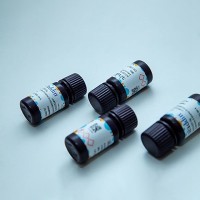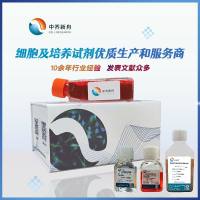Fluorescence Labeling of Intracellular Antigens of Attached or Suspended Tissue-Culture Cells
互联网
433
Cells in culture offer a unique opportunity to visualize intracellular organelles. Because of the ability of some cultured cells to attach and spread on a substratum, the cell’s cytoplasm can be spread over a large surface area, resulting in a thin, broad cytoplasmic layer. In this layer, optical methods can resolve details in much the same way as can be accomplished by sectioning of embedded cells, but without the need for embedding and sectioning. The patterns of different organelles are, in this setting, very easy to interpret using immunofluorescence, and the subcellular distribution of an antigen can frequently be more clearly and easily detected by this method than with any other. An important feature of this approach is the ease of performing the experiment, in that the organdie localization of an unknown antigen in a cultured cell can be revealed using a specific antibody in less than an hour by immunofluorescence, a result that might take weeks using cell fractionation methods (1 ,2 ). On the other hand, there are several important methodological considerations that affect the accuracy and interpretability of the results.









